Are you looking for a way to create a contact in GetResponse whenever a new order is placed in WooCommerce?
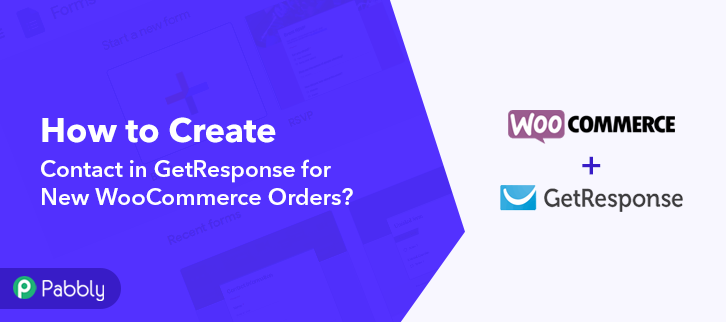
If yes!! Then, this could be the end of your search. As here, we are going to integrate WooCommerce with GetResponse using Pabbly Connect. So that, you can automatically create a contact in GetResponse for new WooCommerce orders. Not only that, but this software will also save you from the manual work by automating your tasks based on numerous triggers & actions that you set-up on the connected services.
Why Choose This Method Of Integration?
In contrast with other integration services-
- Pabbly Connect does not charge you for its in-built apps like filters, Iterator, Router, Data transformer and more
- Create “Unlimited Workflows” and smoothly define multiple tasks for each action
- As compared to other services which offer 750 tasks at $24.99, Pabbly Connect proffers 50000 tasks in the starter plan of $29 itself
- Unlike Zapier, there’s no restriction on features. Get access to advanced features even in the basic plan
- Try before you buy! Before spending your money, you can actually signup & try out the working of Pabbly Connect for FREE
Besides that, Pabbly Connect enables using multiple advanced features like, multi-step calls, integration with limitless premium apps, and so much more. Additionally, it also helps using routers, filters, formatters & instant triggers to design unlimited workflows. Apart from that, you can even access all the features without any restriction even in the free plan.
Subsequently, let’s follow the step-by-step procedure to create contact in GetResponse for new WooCommerce orders in real-time.
Step 1: Sign up to Pabbly Connect
First of all, visit Pabbly Connect & then hit the “Sign-Up Free” button. On the registration page, you can either signup using an existing Gmail account or else manually fill the form details.
Step 2: Access Pabbly Connect
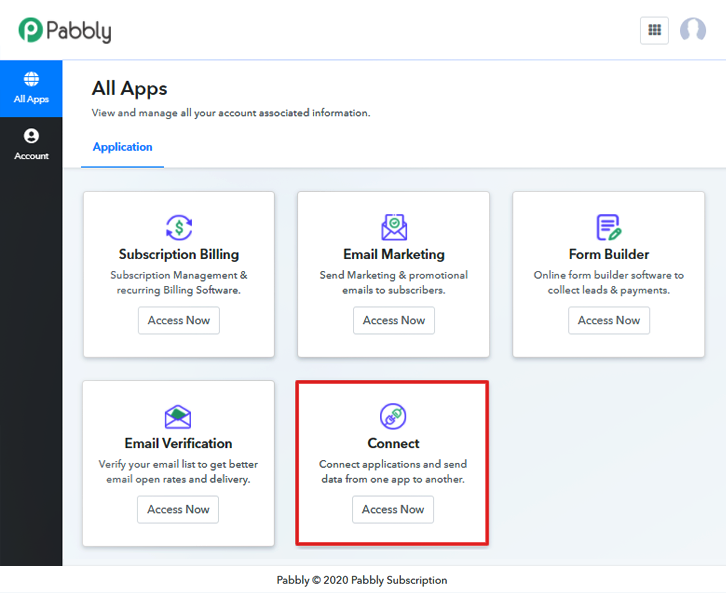
After signing up successfully, just hit the “Access Now” button of the software “Connect” in the Pabbly application.
Step 3: Workflow for WooCommerce with GetResponse Integration
(a) Start with a New Workflow
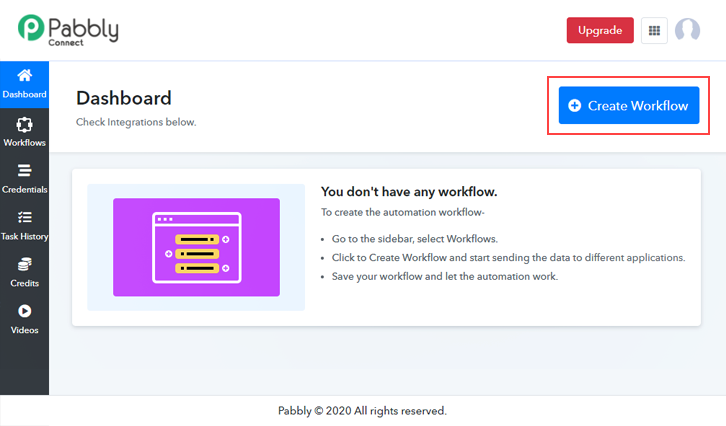
Start with creating a workflow to create GetResponse customers on every new WooCommerce order. And, to do this hit the “Create New Workflow'” button.
(b) Name the Workflow

Now, name the workflow as per your need such as “WooCommerce to GetResponse” and click on the ‘Save’ button.
Step 4: Setting Trigger for WooCommerce – GetResponse Integration
Moving forward, in order to add new WooCommerce order as GetResponse contact, you’ll need to set-up a trigger for WooCommerce and its respective action as GetResponse using Pabbly Connect.
(a) Select Application you Want to Integrate
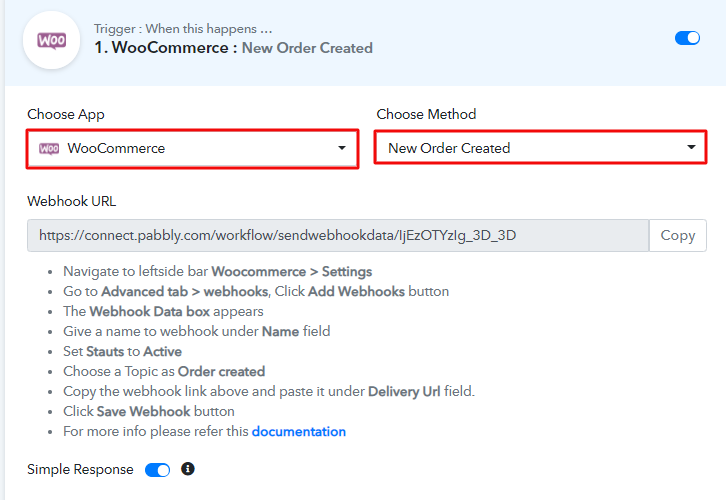
Next, you have to select the application that you want to integrate. As here, we are choosing “WooCommerce” for integration. Following that, after selecting the application, choose “New Order Created” from the choose method section.
(b) Copy the Webhook URL
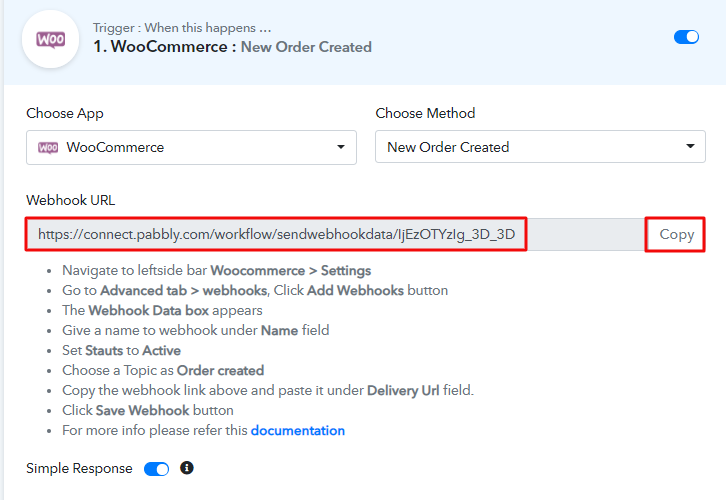
After selecting the application, just copy the webhook URL as shown in the above image to take further the integration process.
Step 5: Connecting WooCommerce to Pabbly Connect
Consequently, to connect WooCommerce with Pabbly Connect, you need to paste the copied Webhook URL in the software, and for that, you have to log in to your WordPress account.
(a) Go to WooCommerce Settings
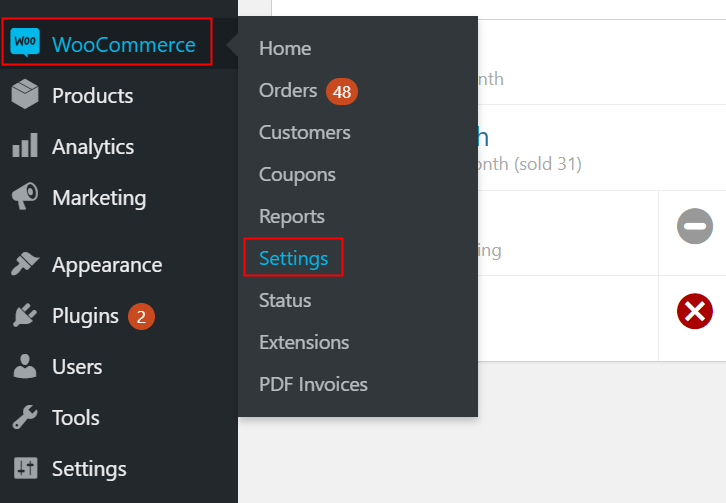
Once you have logged into your WordPress account, press on the WooCommerce then select “Settings”.
(b) Click on Advanced Option
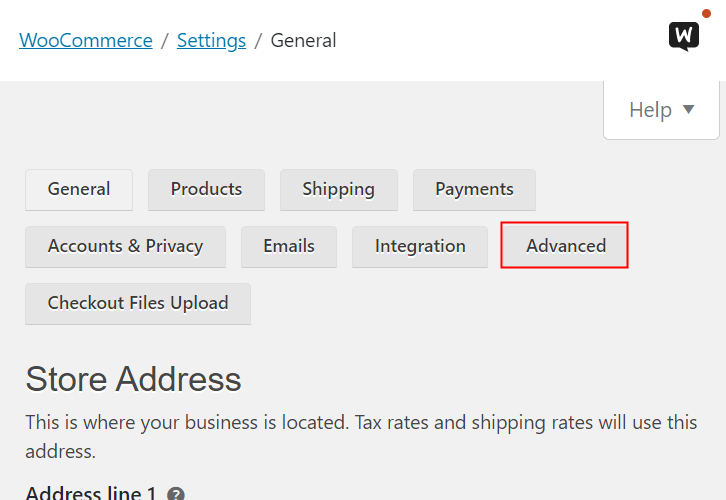
Thereafter, go to “Settings”, then a screen will pop up with different options, here you have to click on the “Advanced” option.
(c) Click on Webhooks Option
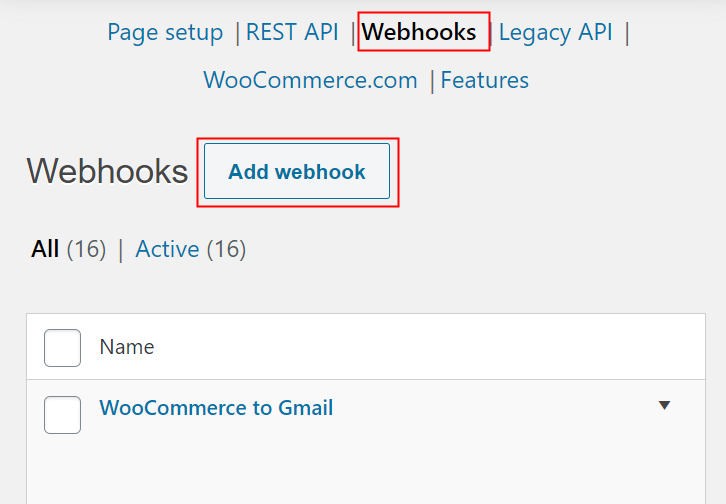
After pressing on the ”Webhooks”, just press the “Add Webhook” option.
(d) Add Webhook

Now, add the name to the Webhook & change the status to “Active”. Also, in the topic section, select “Order Created”. Then in the delivery URL, simply paste your copied URL from Pabbly Connect. Once you make all changes, hit the “Save Webhook” button.
(e) Make a Purchase

Later on, make a dummy purchase by opening the product checkout page in a new tab. Simply fill-up all the details & click on the “Place Order” button. But before that, go back to the Pabbly Connect dashboard & hit the “Capture Webhook Response” button.
Step 6: Test the Response in Pabbly Connect Dashboard
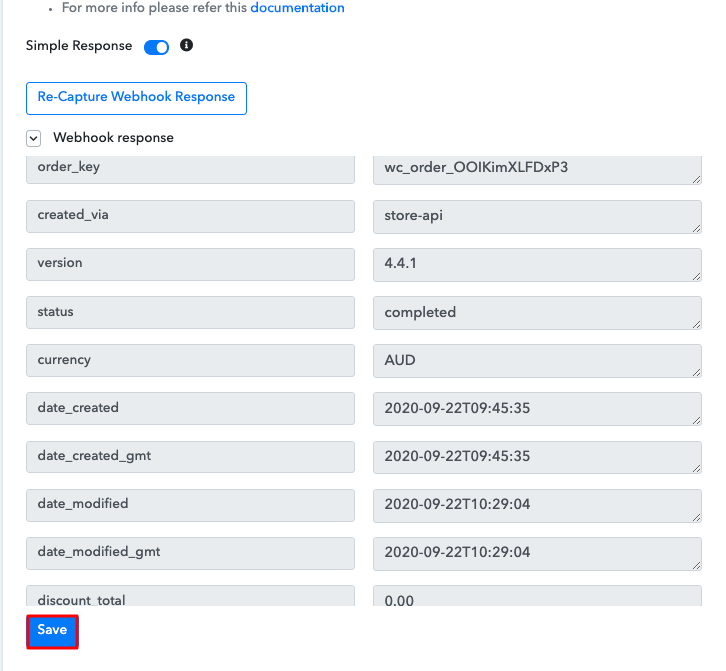
Afterward, to see the response of WooCommerce data, simply go to the Pabbly Connect dashboard. As you can see, all the enter details has been captured in the Pabbly Connect dashboard. Then, tap on the “Save” option.
Step 7: Setting Action for WooCommerce and GetResponse Integration
After, setting up the trigger, now it’s time to set-up the action to integrate WooCommerce with GetResponse.
(a) Select Application you want to integrate
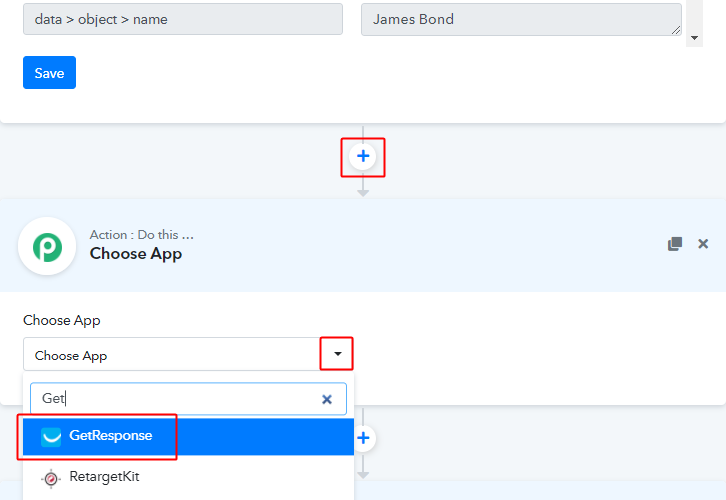
The next step is to hit the plus button next to your WooCommerce trigger window. And then select the “GetResponse” app to integrate from the “Choose App” field.
(b) Connect with GetResponse
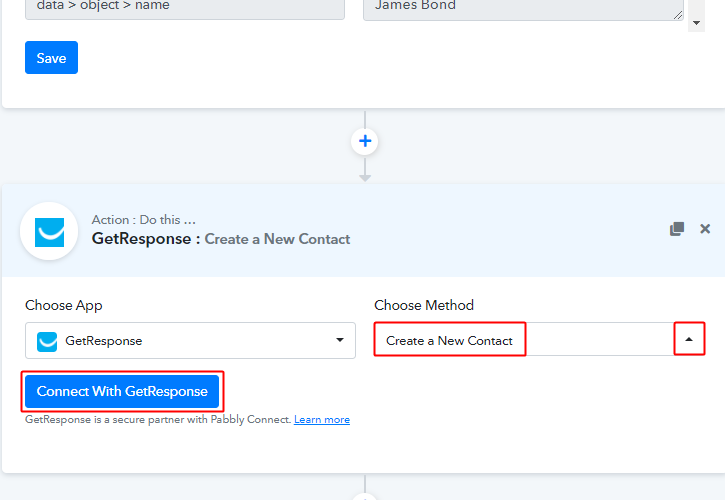
Now, select the method in here as “Create a New Contact” and then hit the “Connect with GetResponse” button.
Step 8: Connecting GetResponse to Pabbly Connect
Consequently, in order to connect WooCommerce to GetResponse, you need to paste the “API Key” for which you have to log in to your GetResponse account.
(a) Click on Menu Icon in GetResponse Dashboard
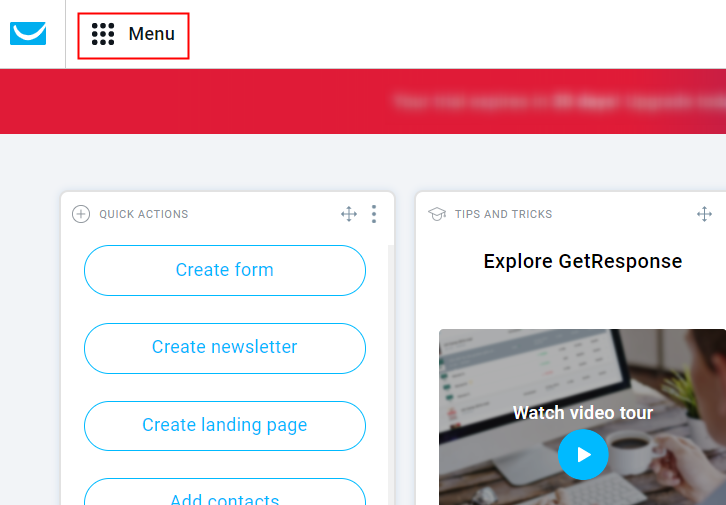
After logging into your GetResponse account, just hit the “Menu” appearing on the dashboard.
(b) Move to Integrations and API
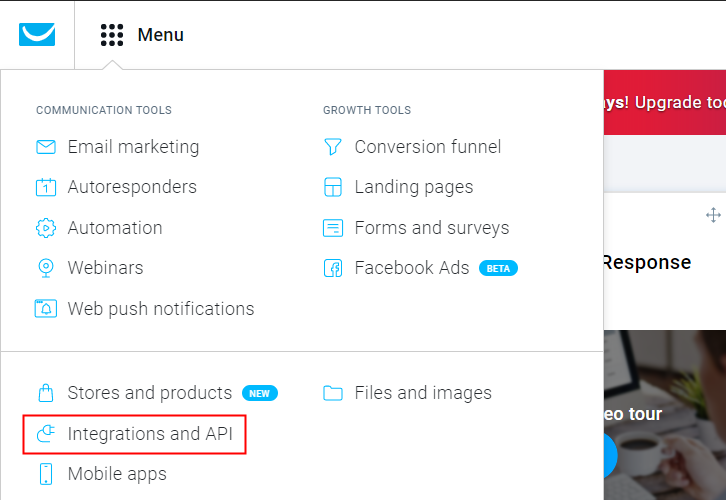
Moreover, press the “Integration and API” option.
(c) Click on API Option
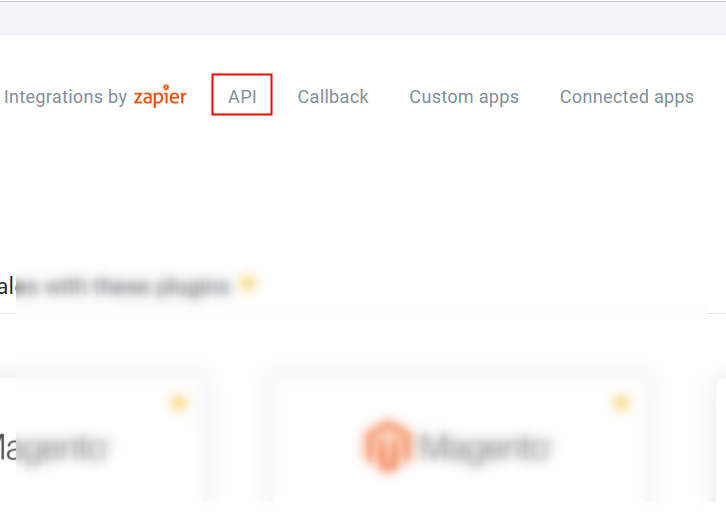
When you hit “Integration and API”, a new window will open up. There you will see the “API” option, simply click on it.
(d) Generate and Copy a API Key
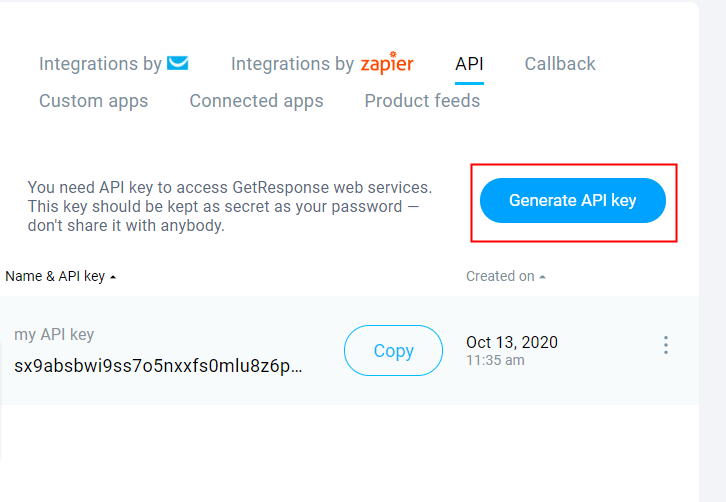
Now, all you have to do is generate an API key and then simply copy it.
Step 9: Paste API Key in Pabbly Connect Dashboard
Now, move back to the Pabbly Connect dashboard & paste the API key to add customer details as subscribers to GetResponse.
(a) Fill API Key
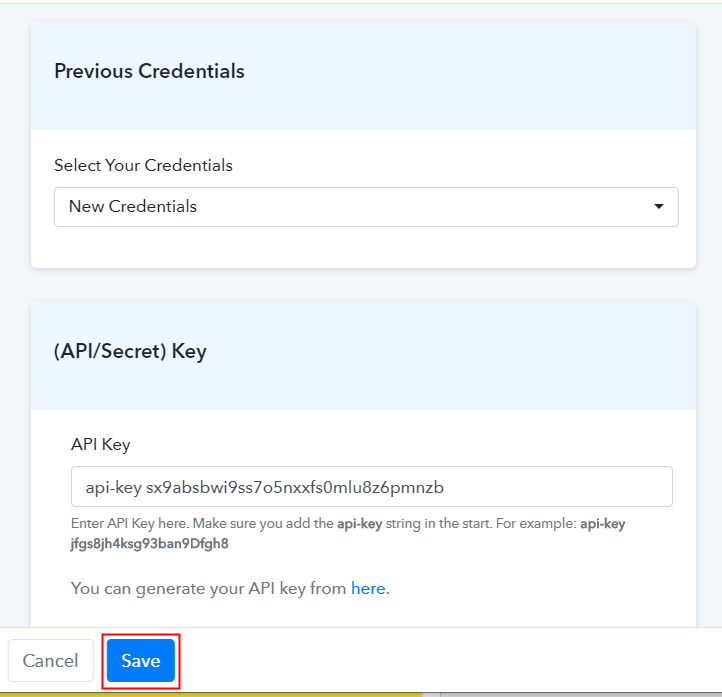
Later on, paste the copied API key, but before pasting the key don’t forget to mention the API-key string in starting. After pasting the key, just press the “Save” button.
(b) Map Field Data
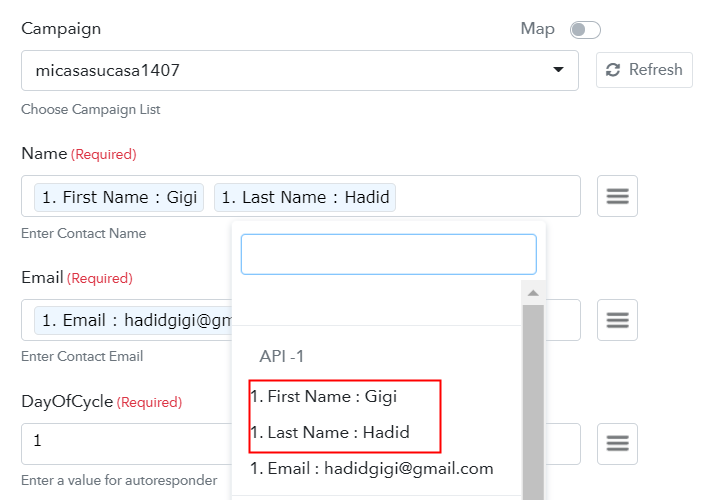
As you see the app has already fetched the campaign id. Now, map the fields from the drop-down region, like the email field, select the email option, & select the name option for the name field.
(c) Save and Send Test Request
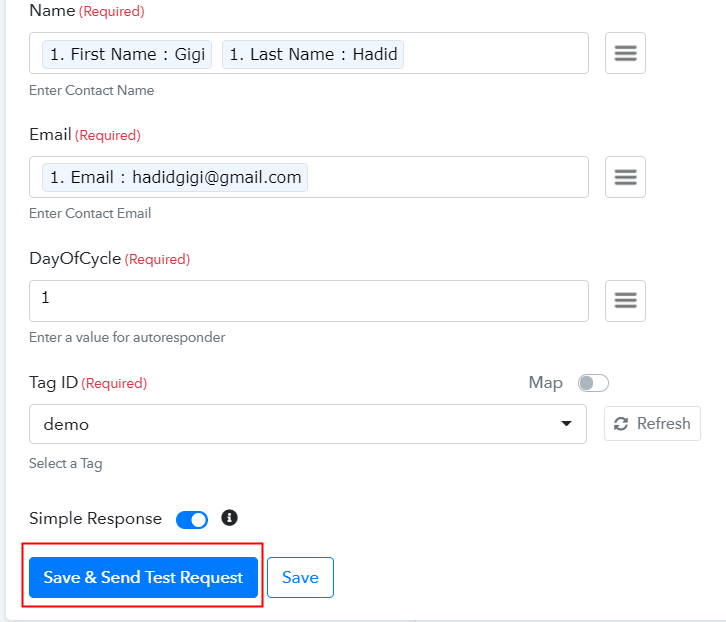
Finally, after entering the entire details, save the setting & then “Send Test Request” to test the WooCommerce aGetResponse integration.
Step 10: Check Response in GetResponse Dashboard
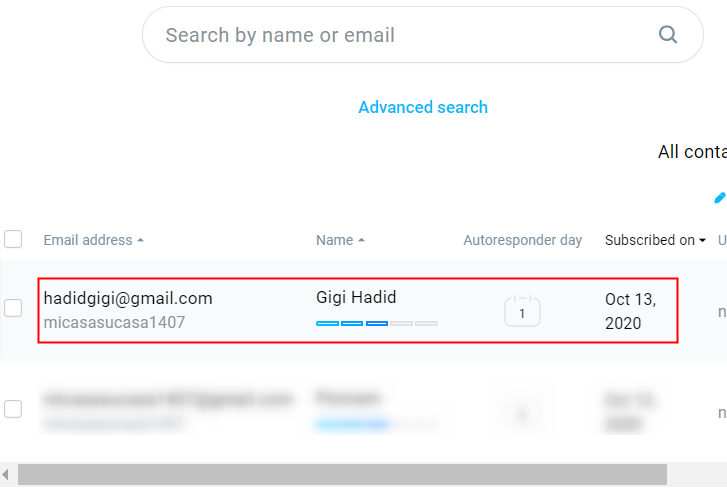
Eventually, your submission will immediately appear there when you search the contact segment of GetResponse.
Conclusion –
Congratulations! Now that you have learned how to create contact in GetResponse for new WooCommerce orders. This is a one-time operation. Thus, now you can integrate any applications via Pabbly Connect to automate your entire workflow without any coding skills. Moreover, it also helps you to automate your projects to save yourself from wasting a lot of time & effort. Consequently, signup for a free account now to experience the best integration service.







